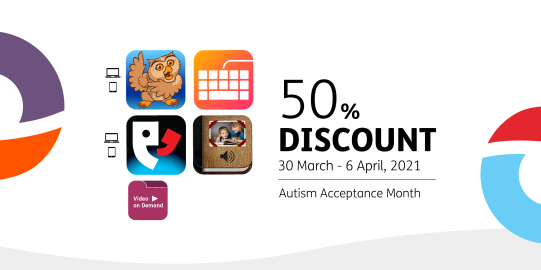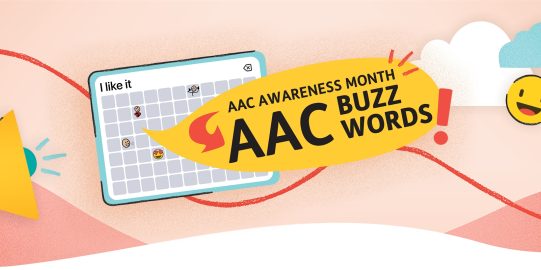How are fringe words organized in Proloquo?
Low-frequency words like nouns are organized in category folders in AssistiveWare Proloquo®. In this blogpost we explain how this was done. As part of the “Proloquo explained” blog series, it is written for anyone who wants an in-depth explanation of the design of the new Proloquo AAC app.
3 minute read
Read more












